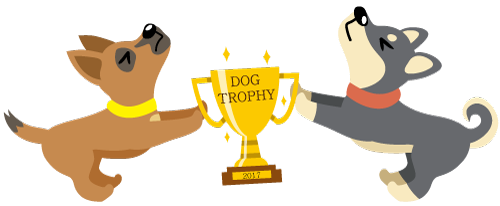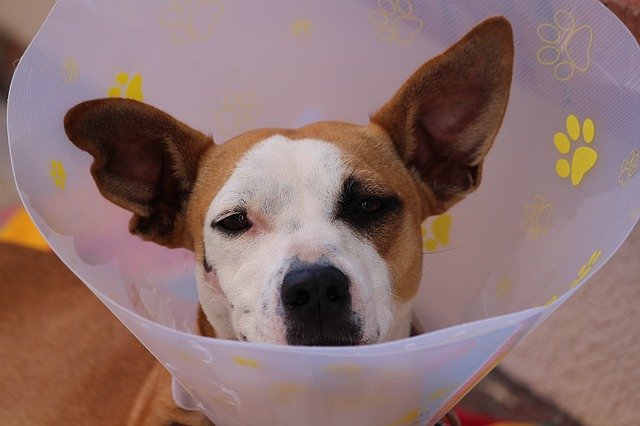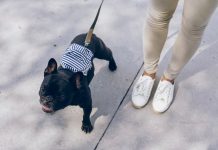Dogs behave differently after surgery. Some people do not think of touching the wound because it causes them pain, so they are ideal patients who rest after the operation, while others want to reach the sutures at any cost, lick the wound and try to tear the sutures despite the fact that such pulling hurts.
Sometimes it is inevitable, especially if the owners are not able to be constantly with the operated dog, to protect the wound with certain methods, which primarily depends on which part of the body the operation was performed on. For those in the head area, the so-called Elizabethan collar. Such a collar will prevent the dog from scratching the wound on the head with its hind leg. They are also suitable for protecting wounds on other parts of the body, e.g. on the stomach. The collar prevents the wound from licking, and thus irritating the wound, which will allow the wound to heal unhindered. Constant wetting with saliva prevents healing and the formation of a protective layer, ie. scabs.
No dog is thrilled when you put a collar on his head and at first, it bothers them a lot, upsets them, they even have problems taking water and food. It is important that the owner remains persistent and does not take off the collar. On day two, your pet will get used to the collar. The collar must be the right size to be functional because if it is too small, it will not prevent licking, and if it is too big, it will slide off the door and unnecessarily interfere with taking food and water, as well as moving through narrow spaces.
The wound dressing is usually not enough protection. Some dogs are amazing masters when it comes to the speed of removing the bandage, and the wound will heal faster and better if it is in the air.
The operated dog must not be left unattended, must not lie on a dirty surface, and must not be allowed to lick the wound.
As a rule, surgical wounds are bandaged with elastic bandages due to immobilization, and it is also necessary to bandage the wounds according to the veterinarian’s assessment. Again, we will most successfully prevent the bandage from being pulled with a collar. Also, you can put shoes or socks on the dog’s hind legs in order to additionally prevent the pet from opening the wound with its persistence and thus prolonging the healing period.
It is necessary that you are in constant contact with the veterinarian after the procedure so that he can then assess whether everything is going as it should or whether intervention is needed.





